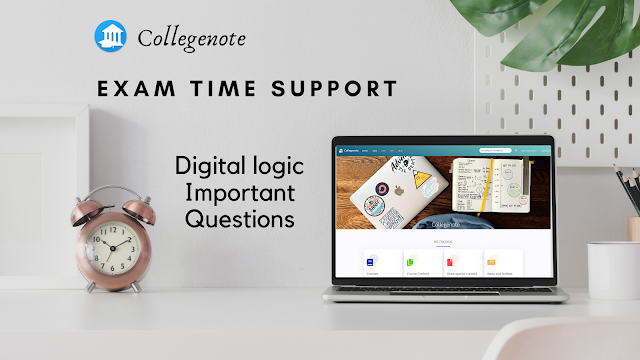Important exam oriented question of Digital Logic.


Differentiate between static and dynamic physical
model. Explain the dynamic physical model with example.
Explain static and dynamic mathematical model in
brief. State the advantages and disadvantages of simulation.
Explain Monte Carlo Simulation with suitable example.
Compare Single
server and Multiple server Queueing Systems. What is the meaning of D/M/1/20/510 in queuing system?
Define
and develop a Poker test for four-digit random numbers. A sequence of 10,000
random numbers, each of four digits has been generated. The analysis of the
numbers reveals that in 5120 numbers all four digits are different, 4230
contain exactly one pair of like digits, 560 contain two pairs, 75 have three
digits of a kind and 15 contain all like digits. Use Poker test to determine
whether these numbers are independent. (Critical value of chi-square test
for α=0.05 and N=4 is 9.49)
What is Pseudo random number? Describe the linear congruential method for random number generation with example.
Describe the process of model building, verification and validation in detail.
Why do we need the analysis of simulation output? How do you use simulation run statistics in output analysis? Explain.
What do you mean
by simulation tool? Describe different
types of statements in CSMP with example.
Image Processing ko ni nikalnu paryo yastai
ReplyDelete